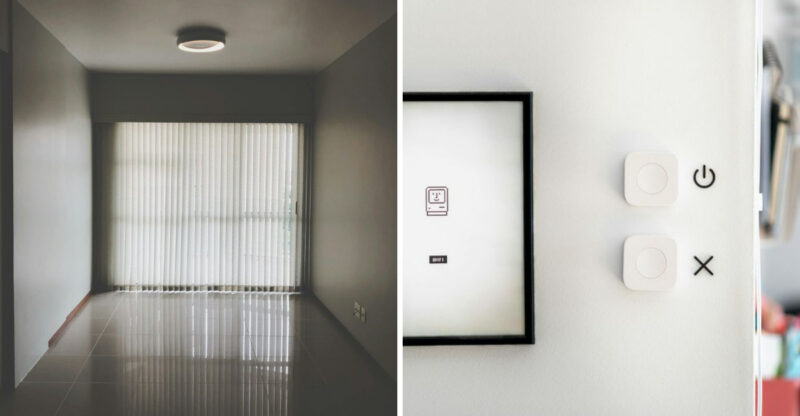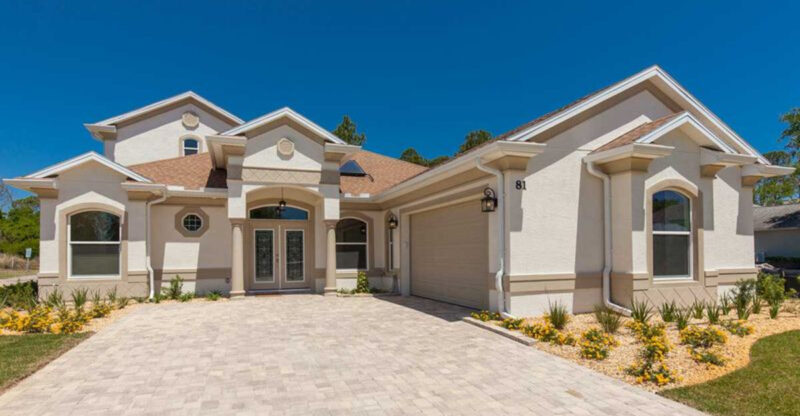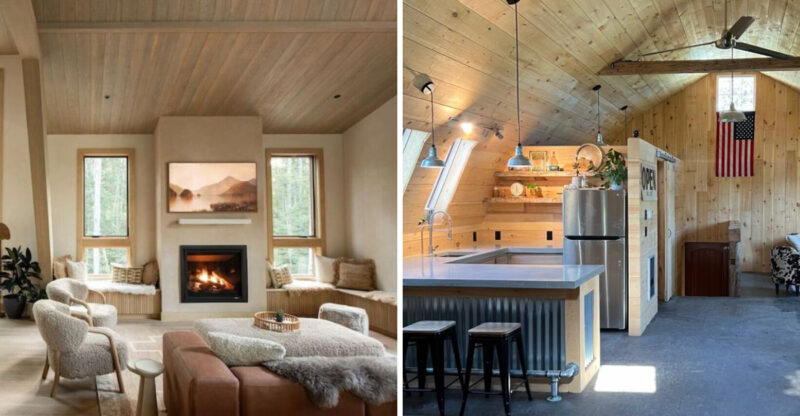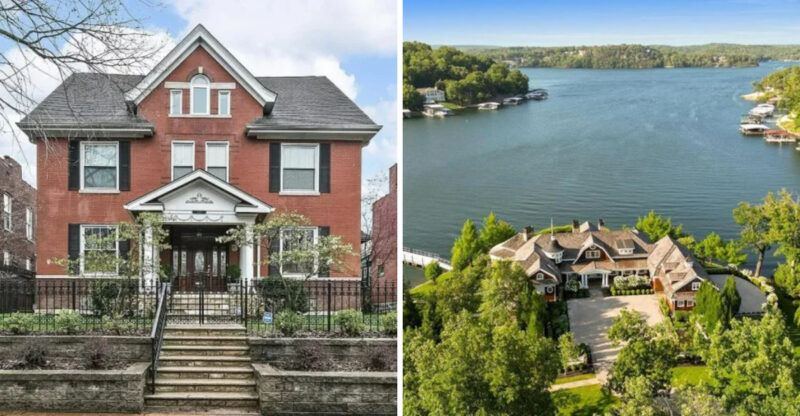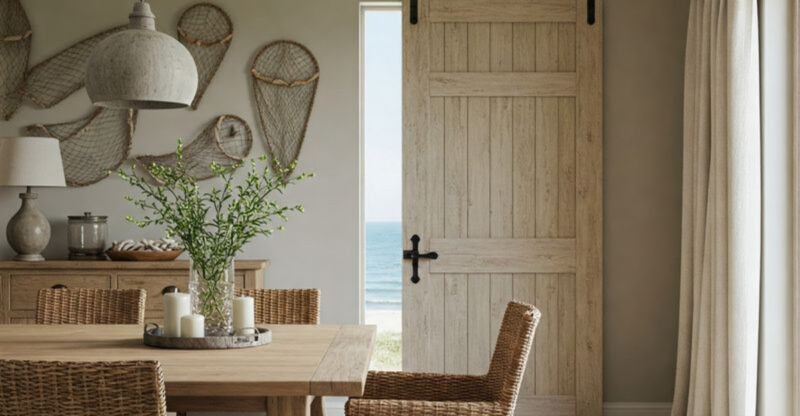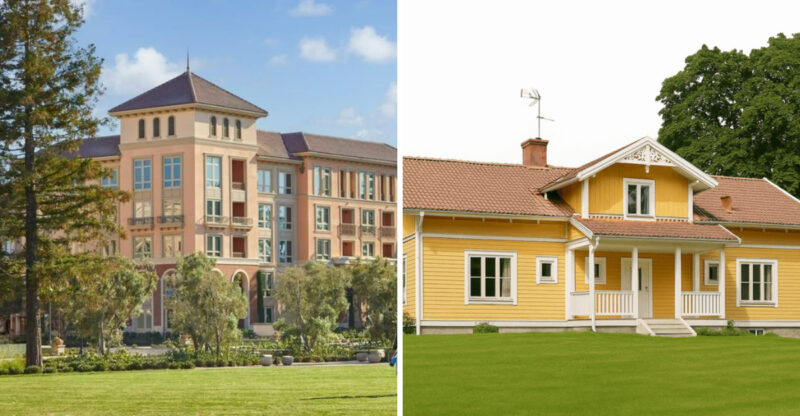Say Goodbye To These 8 California Home Trends (Before 3 More Join Them By 2030)
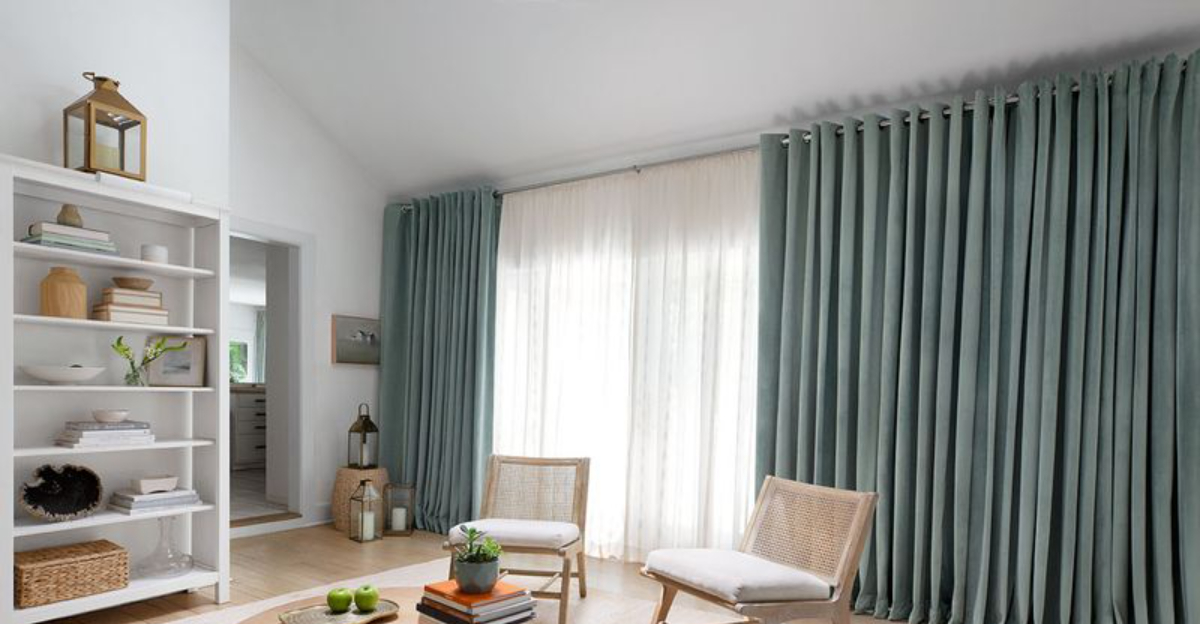
California’s home design scene changes faster than coastal weather patterns. What was hot last year might be totally passé this season, leaving homeowners scrambling to keep up.
I’ve watched trends rise and fall throughout my design career, and trust me, some deserve to fade into oblivion. One more shiplap accent wall and the drywall might file a complaint.
Here’s a closer look at which Golden State home features are fading fast, and which ones may be next on the chopping block.
1. Open-Concept Floor Plans Falling Out Of Favor
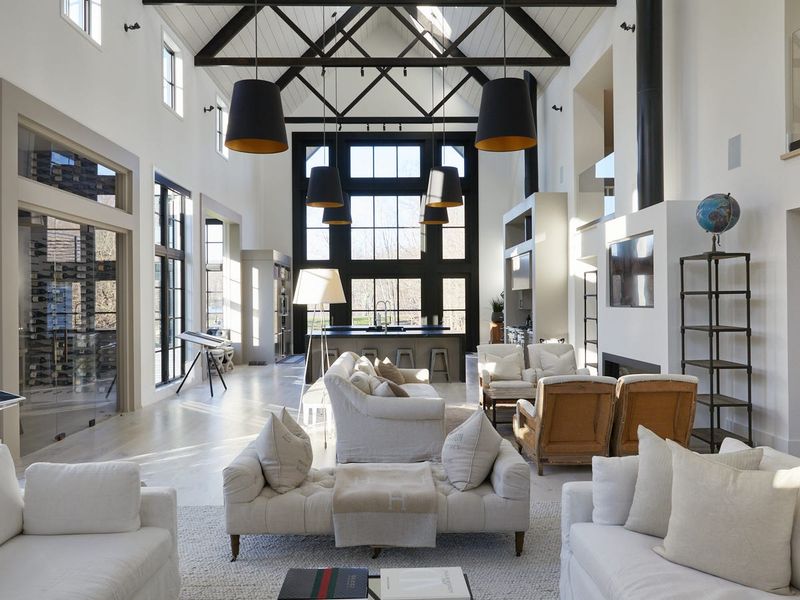
Working from home ruined the open-concept dream. Turns out, walls actually serve a purpose when your partner’s Zoom call echoes through 2,000 square feet of uninterrupted space.
Open-concept floor plans dominated California homes for years, promising family togetherness and entertainment ease. Now, homeowners crave separation, privacy, and sound barriers.
Flexible spaces with movable partitions and pocket doors offer the best of both worlds, openness when desired and blessed silence when needed.
2. Wall-To-Wall Carpeting Gets Ripped Out
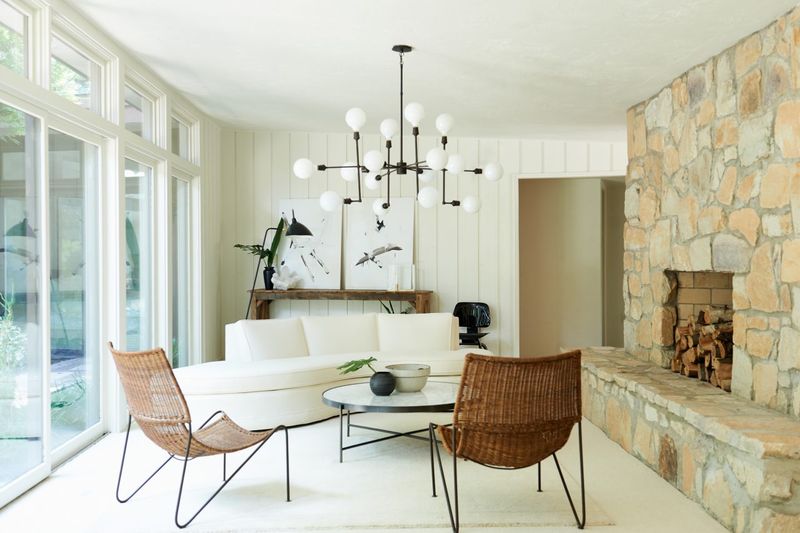
If only carpets could talk, actually, scratch that. The stories trapped in those fibers would horrify most homeowners. Wall-to-wall carpeting has overstayed its welcome in California homes.
Hard surfaces like engineered hardwood, luxury vinyl, and sustainable bamboo now reign supreme. They’re easier to clean, better for allergy sufferers, and infinitely more stylish than their fuzzy predecessors.
Even bedroom sanctuaries are transitioning to area rugs over hardwood, giving homeowners warmth where needed without the maintenance nightmare.
3. Overly Minimalist Interiors Gain Personality
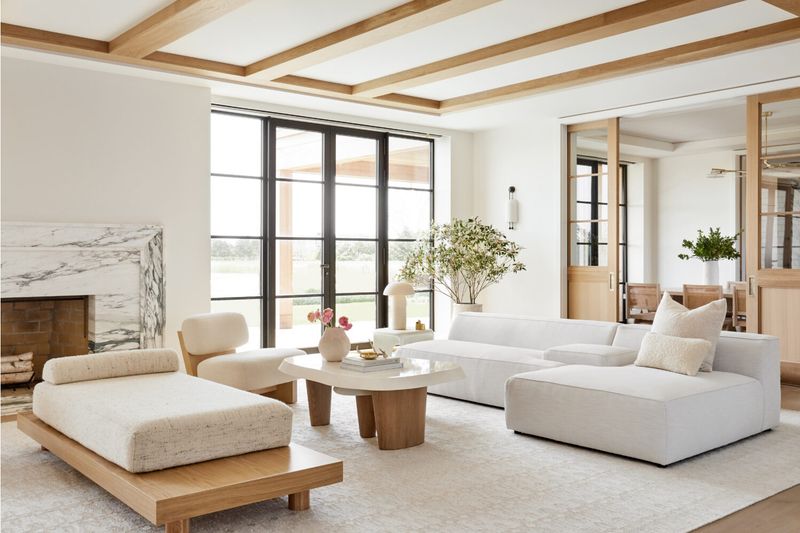
Those stark, white-on-white spaces that dominated Instagram? They’re becoming as passé as flip phones. Minimalism pushed to extremes created cold, impersonal spaces that felt more like museums than homes.
California interiors are embracing warmth again through texture, color, and personal touches. People want spaces that tell their stories, not sterile showrooms that could belong to anyone.
Warm minimalism, a thoughtful curation of meaningful items rather than empty spaces, offers the clean aesthetic without sacrificing soul.
4. Synthetic Turf Lawns Wither Away
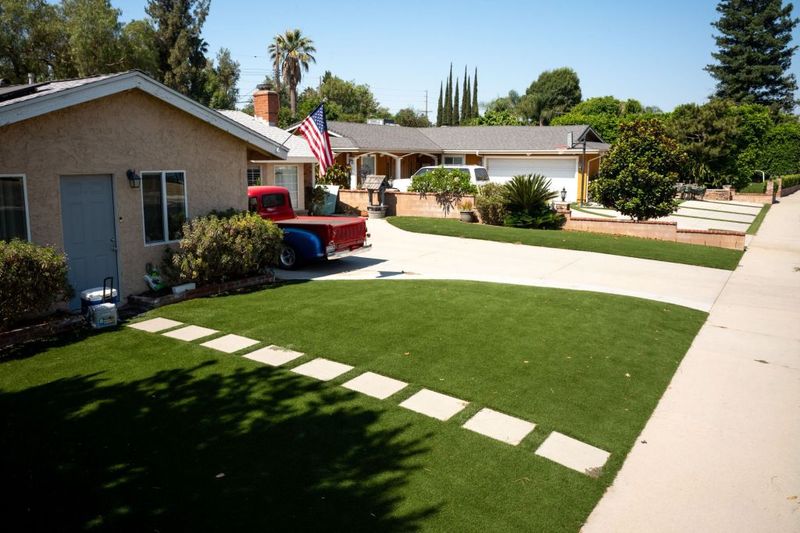
Though drought-friendly in theory, synthetic turf proved problematic in practice. Those plastic green carpets turn into sizzling hot plates during California summers, releasing microplastics and offering zero ecological benefits.
Native landscaping has emerged as the true drought-tolerant hero. Desert-adapted plants, rock gardens, and native wildflower meadows provide beauty while supporting local ecosystems and requiring minimal water.
Smart homeowners are transforming former lawns into habitat gardens that attract butterflies and birds instead of burning bare feet.
5. Dark Kitchen Cabinets Lighten Up
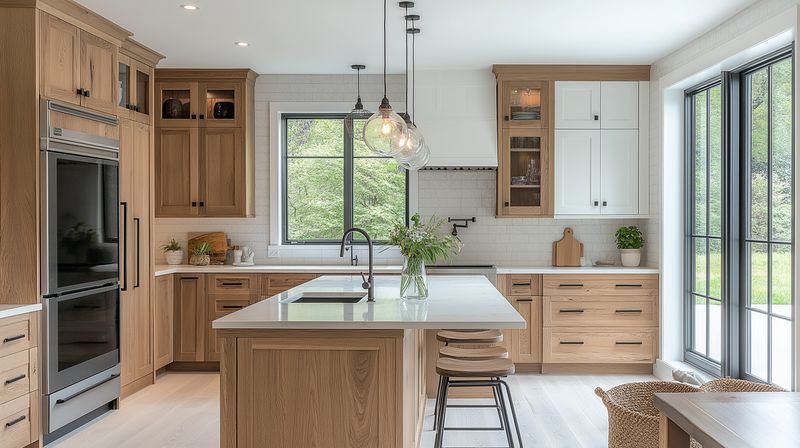
Remember when every kitchen renovation featured espresso-colored cabinets? Those dark wood tones that once signaled luxury now make spaces feel dated and smaller than they actually are.
Light, natural wood tones and soft painted finishes have brightened California kitchens. White oak, pale ash, and gentle sage greens create airy, welcoming spaces that feel connected to nature.
The shift reflects California’s indoor-outdoor lifestyle and desire for spaces that feel expansive rather than confined. This is especially important in smaller urban homes.
6. Heavy Drapery And Curtains Float Away
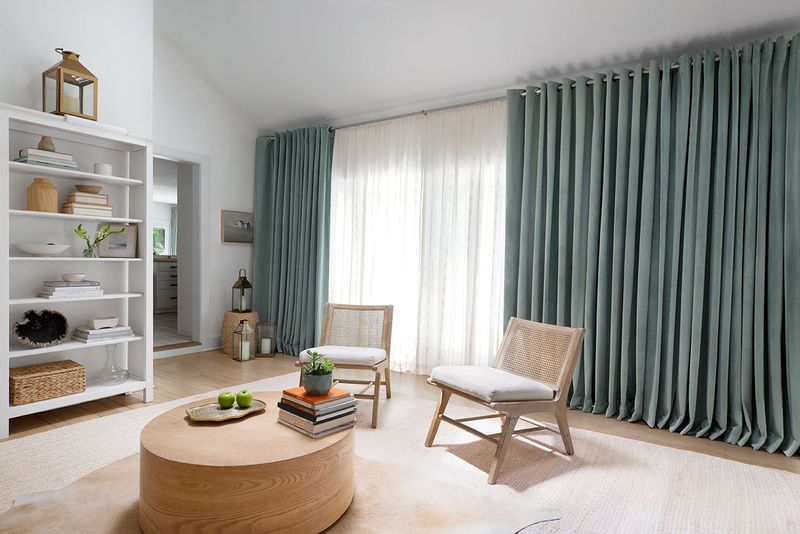
Heavy, puddling drapes that collected dust and blocked natural light are being shown the door. California’s incredible natural light deserves better than being smothered by yards of brocade and damask.
Window treatments have evolved toward simple, functional designs that complement rather than dominate. Sheer linens, bamboo blinds, and minimal hardware allow homes to breathe while maintaining privacy when needed.
This shift embraces California’s indoor-outdoor connection and acknowledges that sometimes less truly is more, especially when it comes to window dressing.
7. Traditional Formal Dining Rooms Repurposed
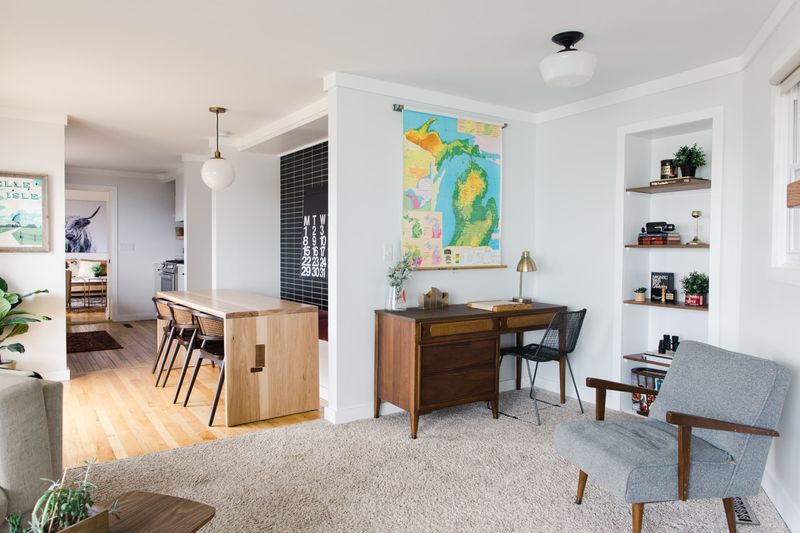
Those rarely-used formal dining rooms are finally getting the makeover they deserve. Once reserved for holidays and special occasions, these wasted spaces sat empty while families ate at kitchen islands or breakfast nooks.
Savvy California homeowners have transformed formal dining areas into home offices, wellness spaces, or multi-purpose rooms that actually get daily use. The pandemic accelerated this trend as work-from-home became permanent for many.
Flexible dining solutions, like expandable tables in great rooms, accommodate occasional large gatherings without dedicating prime square footage to a rarely-used function.
8. Fluorescent Lighting Switches Off
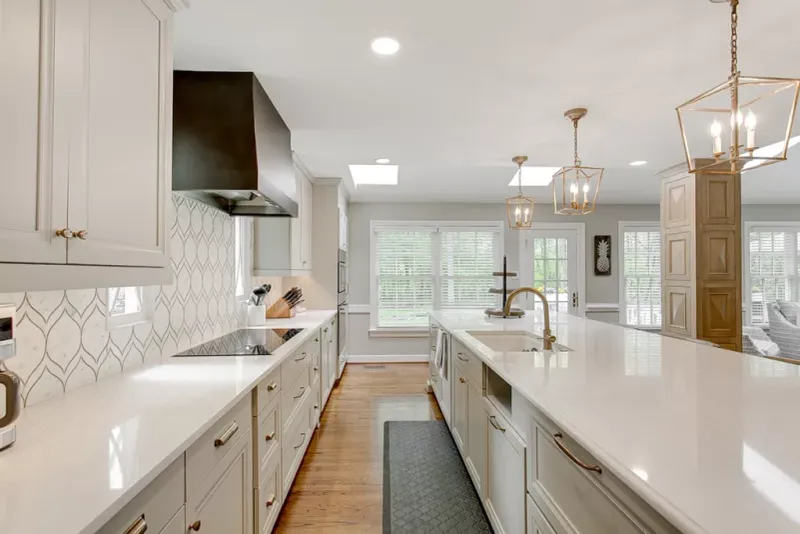
Harsh, unflattering, and energy-inefficient, fluorescent lighting had few redeeming qualities beyond cheapness. Those buzzing tubes that cast everyone in a sickly pallor are finally disappearing from California homes.
Layered LED lighting has become the gold standard, offering customizable brightness and color temperature. Smart lighting systems allow homeowners to program scenes for different activities and times of day.
The emphasis on natural light has also grown, with skylights, solar tubes, and strategically placed windows reducing dependence on artificial lighting entirely during daylight hours.
9. Plastic-Based Outdoor Furniture Fades Out
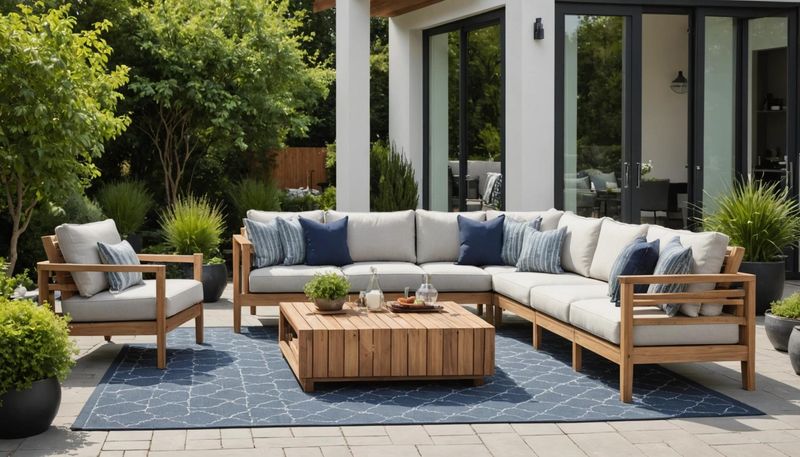
Flimsy plastic chairs that blow away in Santa Ana winds are heading for extinction. Cheap plastic outdoor furniture not only looks tacky but also degrades quickly in California’s intense sunshine, creating unnecessary waste.
Sustainable materials like FSC-certified teak, recycled metals, and weather-resistant natural fibers are taking center stage in outdoor spaces. These materials age gracefully, developing character rather than simply falling apart.
California’s outdoor living focus demands furniture that can withstand the elements while complementing beautiful landscapes, plastic simply can’t compete.
10. Popcorn Ceilings Finally Disappear
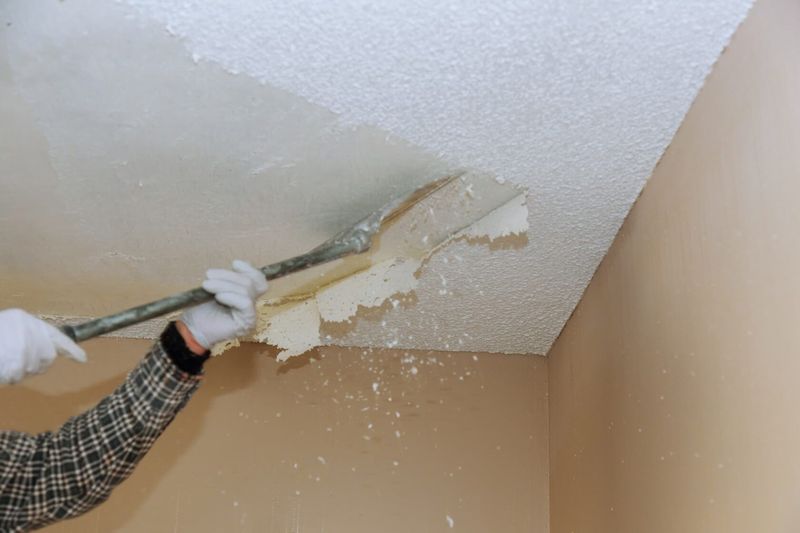
How did these textured nightmares survive this long? Popcorn ceilings, those bumpy, dust-collecting surfaces, have somehow lingered in California homes despite being outdated for decades.
Smooth ceilings create clean lines and visual height in spaces. The removal process is messy but worthwhile, instantly modernizing rooms and improving acoustics without trapping dust and allergens.
Homeowners tackling popcorn removal should remember that pre-1980s textures may contain asbestos, requiring professional testing and potentially specialized removal.
11. Chrome Fixtures Lose Their Shine
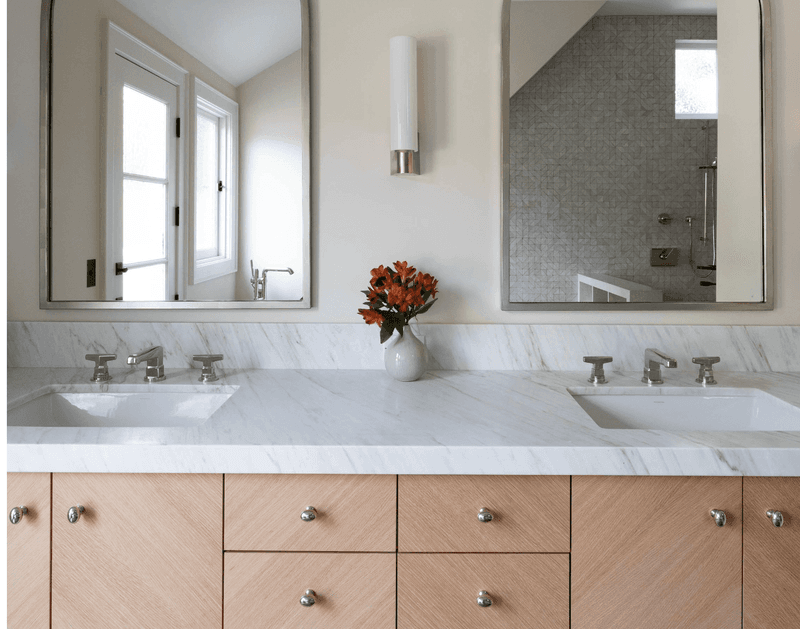
Those high-polish chrome fixtures that show every fingerprint and water spot are falling out of favor. Chrome dominated bathrooms and kitchens for years, offering a cool, contemporary look that now feels sterile and dated.
Warm metallics like brushed brass, copper, and bronze have surged in popularity. These finishes develop a living patina over time rather than simply looking tarnished when not perfectly maintained.
Matte black fixtures offer another popular alternative, creating dramatic contrast in white spaces while hiding water spots and fingerprints much better than their shiny predecessors.

